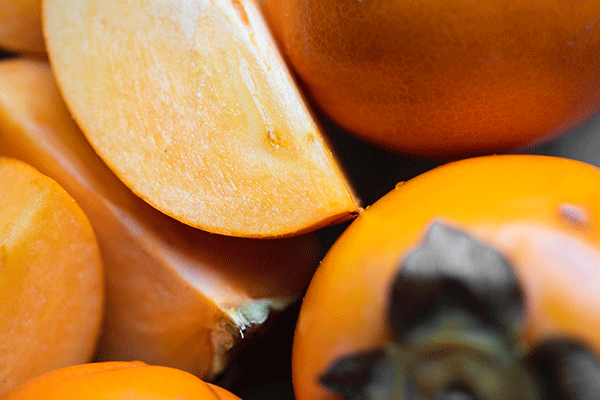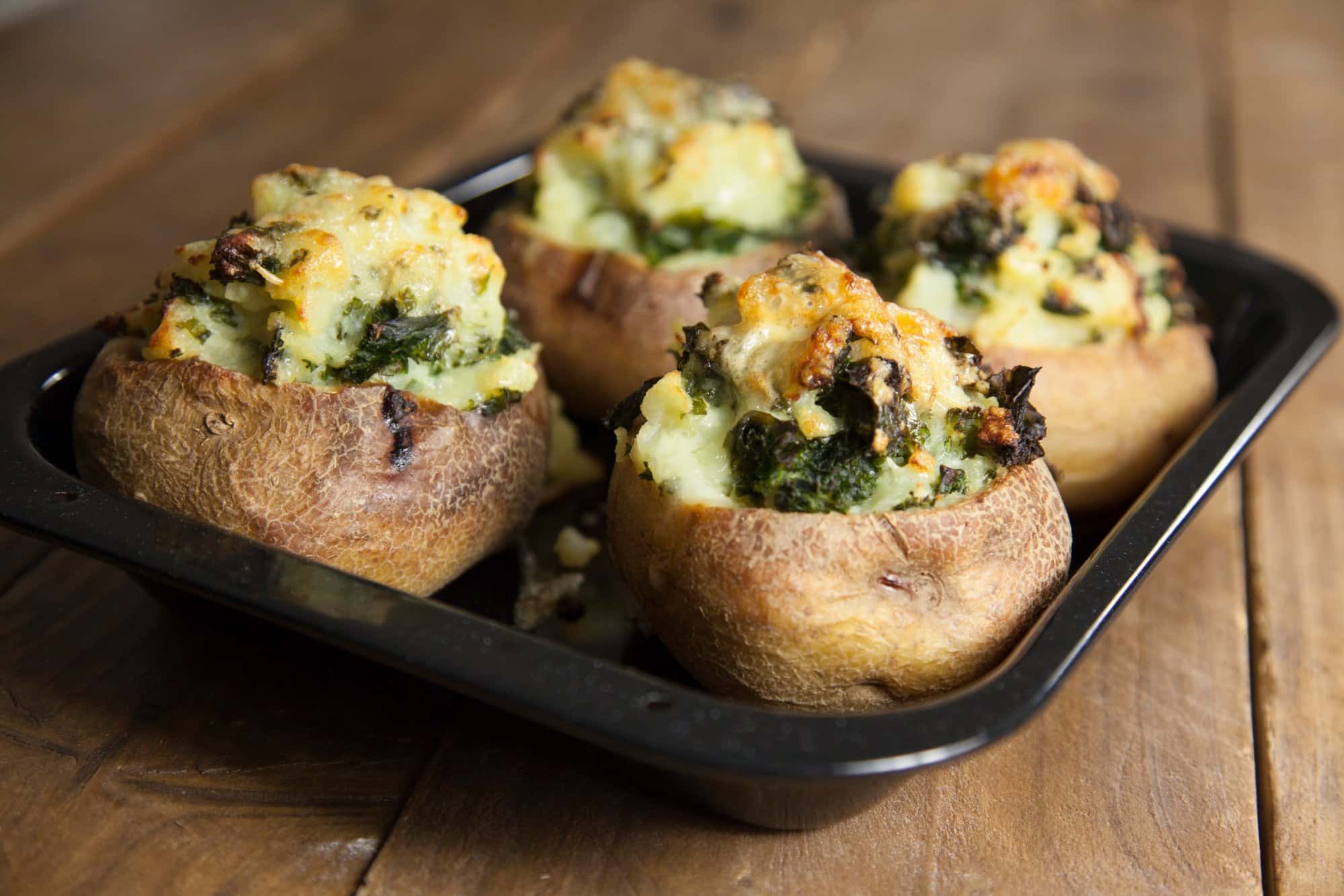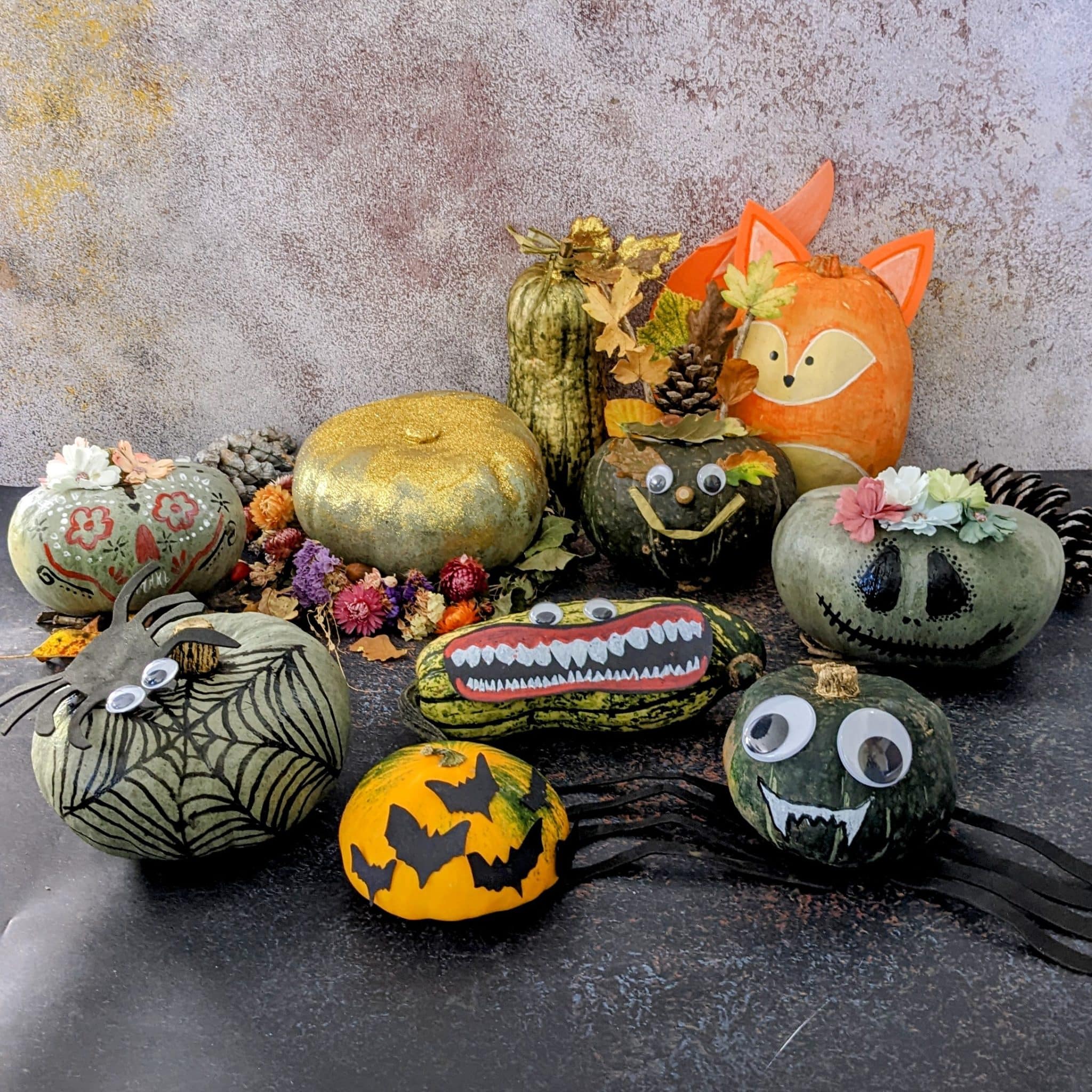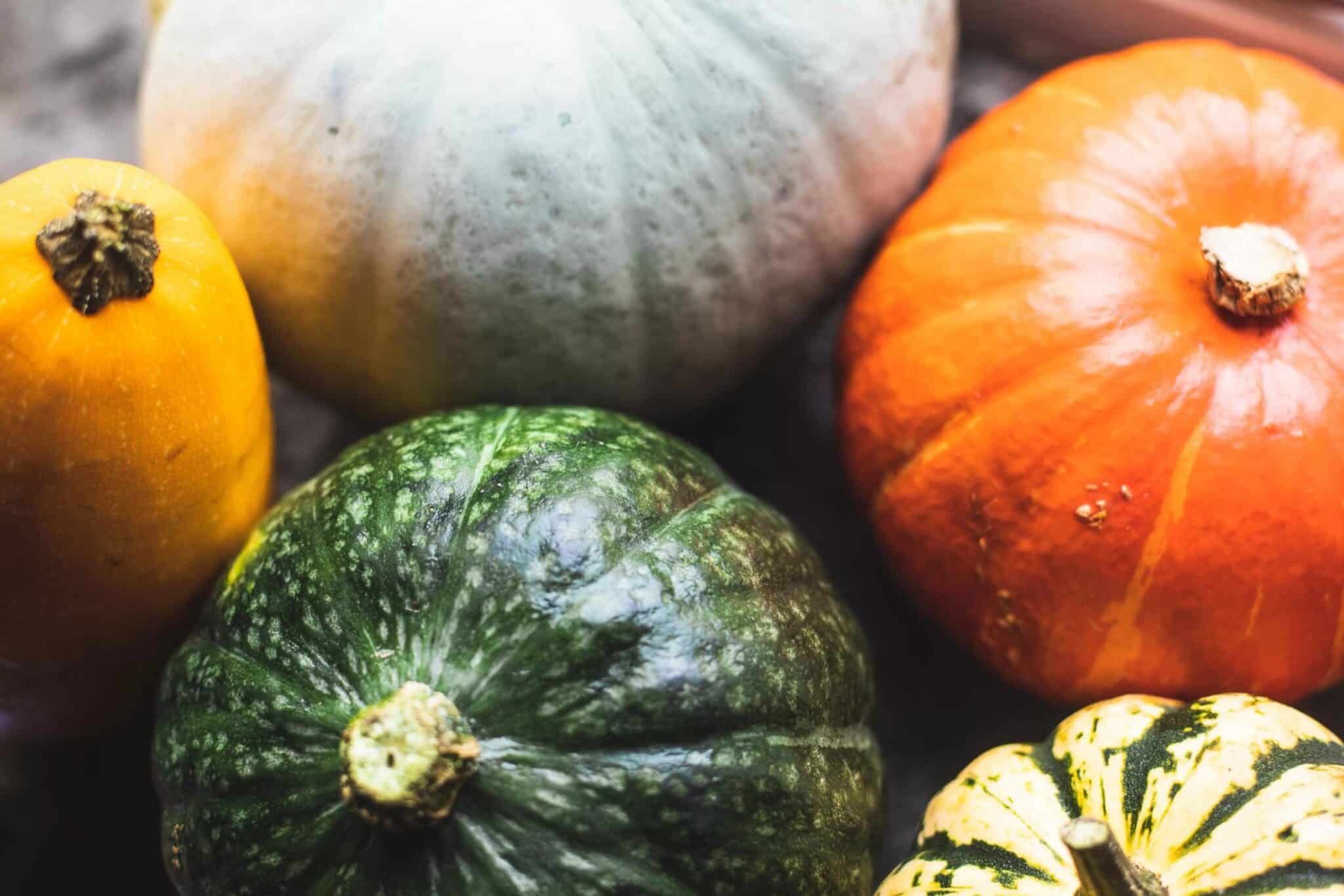First cultivated in China thousands of years ago, the persimmon trees’ reddish orange fruit is now widely cultivated and increasingly popular.
Also known as kaki, or Sharon fruit, persimmons have a honey-like sweetness and may be even better for you than an apple a day. One study found they contain significantly higher concentrations of dietary fibre, minerals and antioxidants.

Spain is a now a major persimmon producer, where the fruit even has its own protected origin (PDO) mark – if it’s grown in the region’s Ribera del Xúquer valley near Valencia.
There, growers say they’ve struggled with various downpours of rain and hail, along with a pest called citrus mealybug, meaning that a lot of the crop this year won’t get picked. The season runs from October to January and there will still be plenty available when the fruit is at its peak during this time.
Elsewhere, organic grower Genaro Martí grows the bright orange Rojo Brillante variety for the Riverford veg boxes, on his biodynamic farm in Valencia, where soil health is prioritised even above the high standards of organic and adds to the distinct flavour.

If you haven’t tried them yet, one of the things most often asked is how to eat. To peel or not? And when do you know they are ready? It’s simpler than you may think – every part except the stalk is edible: skin and all. No pips mean less prep and no waste, although you can peel if you like. When ready to eat, they have a little ‘give’ when squeezed – similar to a ripe apricot.
Occasionally people have been put off by a very dry mouth feel to the flesh – this just means your fruit wasn’t quite ripe enough yet (it is the high level of tannins in underripe ones that makes them like this) so leave the rest to soften a little more before tucking in.
You can speed up the ripening process by putting them in a paper bag with an apple, which gives off natural ethylene gas to help them along.

As well as making a healthy, low-calorie snack, persimmons can be sliced and used in salads and bakes, or as a colourful addition to a cheeseboard alongside softer cheeses like Taleggio and goat’s cheese, or aged cheeses such as Manchego and Parmesan.
They make a great foil for cured meats or bitter leaves – try them sliced in a salad with radicchio or chicory, with blue cheese and toasted walnuts or hazelnuts.
This radicchio and fruit salad with date and allspice dressing recipe really showcases their flavour and a great one to try if you are uncertain about putting fruit in a savoury dish.
For desserts, use persimmon in a fruit salad, to top a pavlova, or dice in a winter variation of an Eton mess. They’re also tasty cooked down to form the base of a fruit crumble. Try adding some desiccated coconut to the topping for a tropical twist.















0 Comments